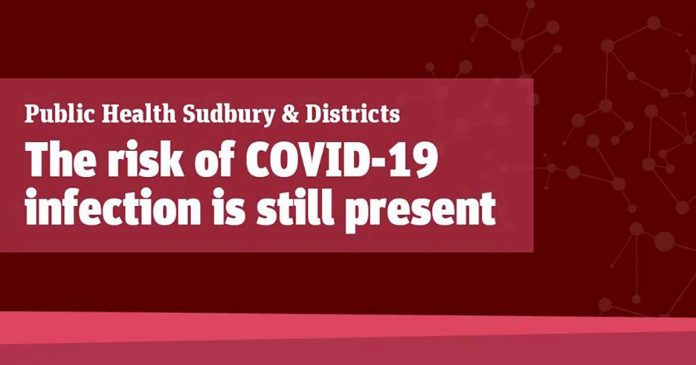MANITOULIN – The Manitoulin-Sudbury District Services Board (DSB) received some good news at its February 25 meeting with the announcement that the DSB is receiving $3,250,000 toward its community paramedicine program with an eye to support for seniors who are eligible for long-term care.
Community paramedicine is a model that utilizes paramedics in Northern and rural areas of the province with lower call volumes in a number of new ways with the goal of limiting the number of emergency and hospital visits.
Paul Myre, acting chief of paramedic services, explained to the board that the DSB was one of 29 DSB-run paramedic services in the province invited to submit an application for community paramedicine funds. Mr. Myre noted that there are currently 65 individuals on a wait-list for long-term care in the DSB coverage area.
“I’m excited to tell all of you that we that we have been approved for $3.25 million in one-time funding for a four-year transfer payment agreement,” Mr. Myre said, explaining that the first payment will be in the amount of $250,000 with payments of that dollar figure to be made every quarter until 2024.
Mr. Myre told the board that the funds will support seniors who are on the provincial long-term care wait-list, or will soon be eligible for long-term care, by providing them with community paramedicine services in their own homes. The goal is to “help address system capacity issues by supporting individuals to safely stay in their own homes for as long as possible, while also providing peace of mind for caregivers. It will do this through preventative and responsive care, such as home visits and remote patient monitoring,” an issue report to the board explained.
Mr. Myre spoke of the three categories of eligibility the community paramedicine for long-term care (CPLTC) program will cover: those on the wait-list for long-term care; those who have been assessed as eligible for long-term care by an Ontario Health Care Co-ordinator (but are not yet on the wait-list); and those who are seen to be eligible for long-term care.
Mr. Myre also explained that the CPLTC program is based on four guiding principles: accessibility: 24/7 access to community paramedicine services for non-emergency procedures in their own home and health system navigation support; responsiveness: prompt, flexible, proactive and patient-centred response to changing circumstances or medical conditions and if necessary, connection to the right health care provider at the right time in order to avoid escalation and crisis; proactivity: systematic, routine-based remote or home monitoring to prevent emergency incidents or escalation in medical conditions; and safety: certain diagnostic procedures and treatments can be provided at home and if required, under appropriate medical oversight.
“The intent is to offer the CPLTC reasonably and equitably across our entire region,” Mr. Myre told The Expositor in an email following the board meeting. “We are still in the modelling stages, but the process will be that those requiring services would be referred to our community paramedicine program by our home and community care partners or hospital discharge planners and a care plan will be established collaboratively. We will schedule home visits and provide in-home assessments and report back to their primary health care providers. We will be able to offer this service seven days per week, which is significant for those in need of services.”





